With summer upon us and temperatures beginning to rise, how are you training for the hot races on your schedule?
Leave a Reply to Brian Cancel reply
9 comments
More from this show
was the inaugural year of the mis-named Moab 200, a 238-mile endurance race in the desert of southern Utah. Along with the 98 gritty...
Wardian loves to run. He loves to race. He loves to compete. He loves to test himself at different differences and types of races. Mike...
is Pam Reed’s 54th Birthday. She celebrated by going on a 20-mile run and joining The Nation. She has completed over 110...
posted a video on April 9th about Josh Spector’s experience running his first 135-mile race, The Brazil 135. To date it has had over...
race is a couple days away and you find out that the temperature is going to be unseasonably hot. How should you change your race strategy...
the Northern Hemisphere, we are now approaching the heat of the summer. Make sure you prepare yourself by listening and learning from a...

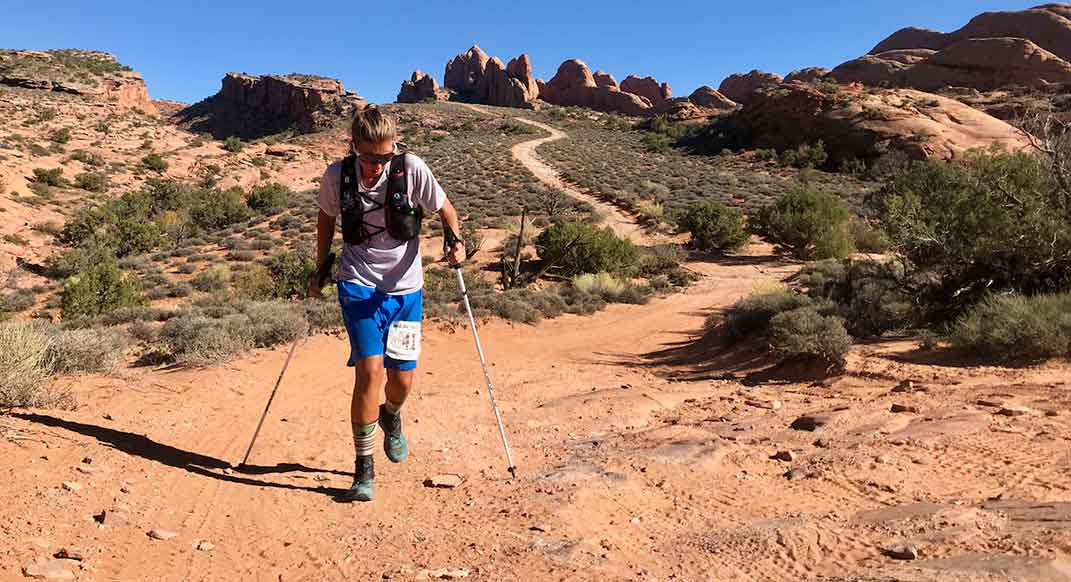

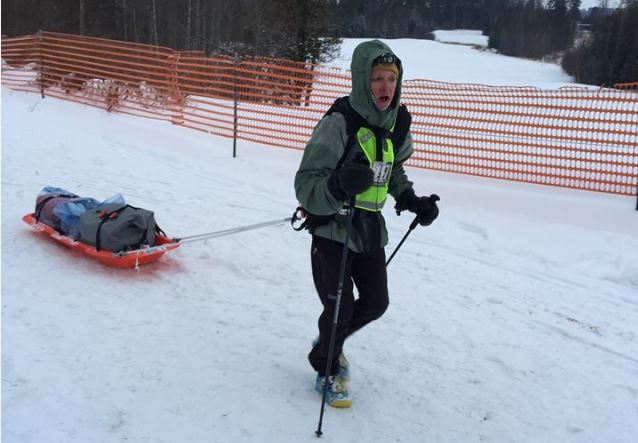
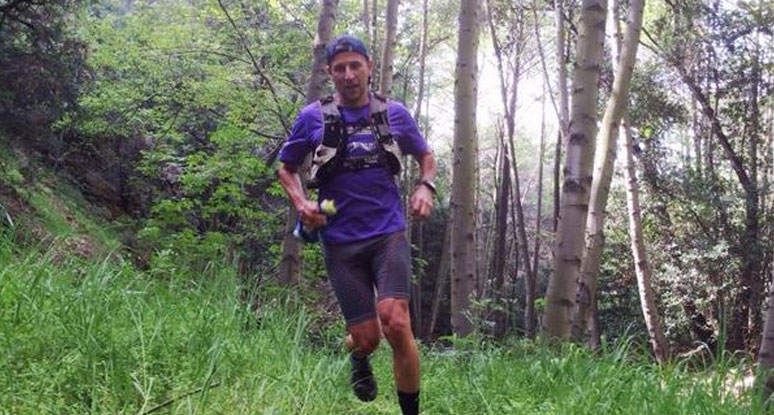
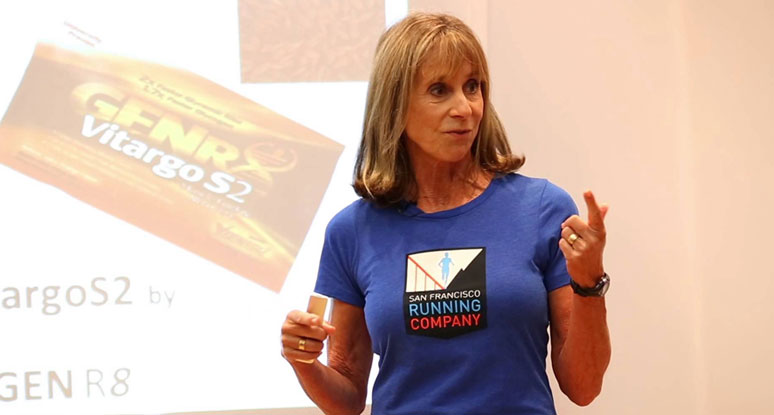
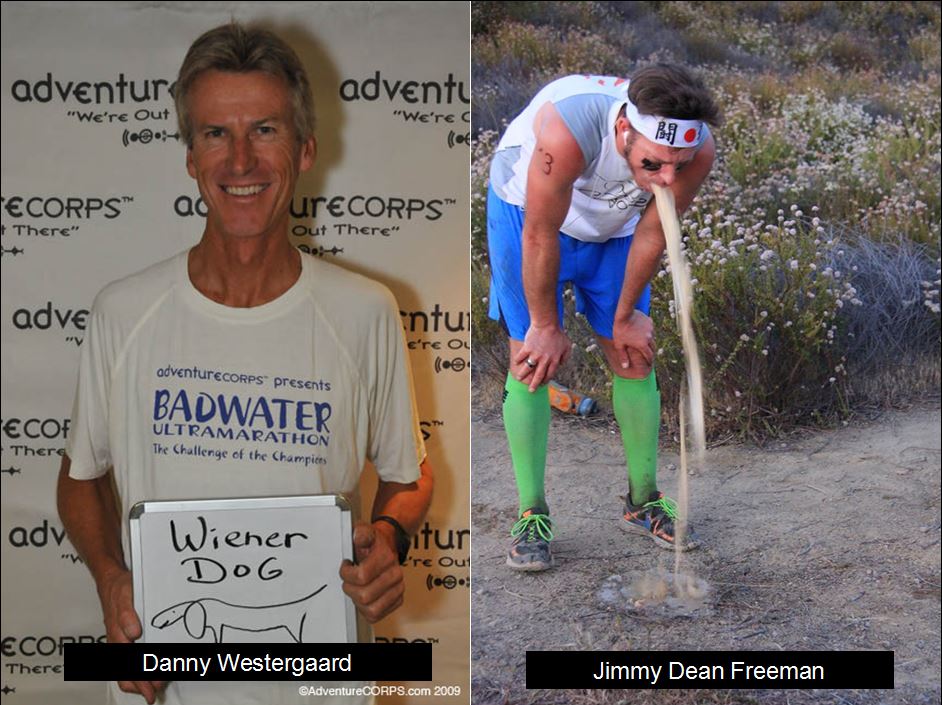
Its hot and humid in summer so 1. Hydrate well during the day, 2. Accept the fact its hot and in a few weeks your body will adjust, 3. Carry a Nathan water bottle/ice water/ hydropack on runs, 4. Sweating is good for the skin so enjoy it, 5. On weekends run during hot times of the day to help body adjust. 6. Try and finish at the beach for a swim!!
Summary: Accept the heat, Embrace the heat, Prepare for the heat,
Live in Hong Kong so its definately hot and humid all summer.
I live in LA (lower Alabama) where it’s not only hot but extremely humid (worse than the heat alone)!! Due to the length here of the heat (5+ months ) I try to run in the heat early in the spring to get my body acclimated (unavoidable). I make sure and hydrate all day long within reason but careful not to be excessive, wear light clothing, Cary fluids with me even on weekday runs ( often more for just in case ) use my enduralytes on longer runs and try to run either early or late in the summer months. Also, plan to run slower and use my HRM to keep myself honest ( not to over do it ) staying aerobic most of the time!! I don’t do much anaerobic work until fall.
Fellas… we’ve TALKED about this topic since Rio del Lago (prior to TRN even existing)… it’s time to do this one. I saw so many people “neglecting” to manage the heat properly, and I know people don’t know how to prepare for it either (especially when training in a non-hot area/climate, then travelling to a hot race).
Let’s set something up, STAT!!!
For you heat noobs, here’s a few tips:
PROPER hydration starts before the run does, drinking enough fluids the day or two before a long run or race is key. You don’t want to “super-hydrate” as this will flush out your electrolytes too. If you are consistently peeing clear AND going every 60-90 min, you better be taking an occasional SaltStick or S-Cap to keep those electrolytes balanced.
Hydration ON THE RUN / during a race – generally speaking, a 20-22 oz bottle PER HOUR is a good target/goal. This wildly varies depending on your personal sweat-rate, your body size (mass), and the conditions (heat and/or humidity). Having done pre-acclimation to the heat (either runs in hot conditions OR dry-sauna sessions) help tremendously. Drink early, drink often. One rule DURING a race is drink 2-cups of water at EVERY AID STATION while they fill your bottles / hydration pack. Do the math: another 10-12 oz of fluid times 10-20 aid stations (in a 100-miler), can really help you stay on top of your hydration needs. Once you get behind, your body will never fully catch up (until you stop running/hiking), and it’ll take a couple days.
Pre-HOT race acclimation training (SAUNA sessions): steam room will NOT help anything more than helping you feel what humidity may do to you. You need a 160-180-degree F dry sauna. The purpose/focus is to increase the sweat rate AND help the body adapt to process a higher volume of fluids (so you can drink more). It will also start to sweat out LESS electrolytes, helping keep you in better balance as you hydrate more. You DO NOT need to “workout/run” in a sauna. Sit there. Drink as much water as possible. NO electrolytes until afterward (to replenish). In the beginning you might only be able to do 10-15 min. Try to build up to 45-min to 1-hr. This may not be practical for everyone as you may only be able to get 45-60 min of running in a given day. These sessions seem to be most effective 3-weeks out from a hot race, 10-sessions over a 2-week period with at least 1-week between your FINAL session and race day. It’ll tax you in a completely different way, don’t do these race week. But overlapping the 1st 2 weeks of a 3-week taper is ideal.
There is a LOT more to this, which I hope to discuss with Don, Scott & Faith in an upcoming TRN PODCAST… stay tuned!!!
*If you’re wondering my qualifications on talking about racing well in heat, here you go…
*BADWATER 135 2010 – 16th Overall – 34:22 (128 in the shade, 168 coming off pavement in Devil’s Cornfield)
*Angeles Crest 100 2012 – 8th Overall – 23:51 (hot, not sure what temps were)
*Rio del Lago 100 2012 – 2nd Overall – 19:29 (high 80’s and muggy)
*Rio del Lago 100 2008 – 3rd Overall – 19:49 (94-degrees)
I have competed in many races that were 90+ degrees in the Summer/Fall, or even 75+ degrees in the Winter/Spring (Spring heat is dangerous as you’ve had NO time to acclimate to it, so it hits you harder at lower temps), including…
*Western States 100 2009 (got up to 108 in the canyons)
*Ray Miller 50 2012 – 5th Overall (79-deg in February)
*Avalon 50 2011 (85-deg in January)
*Bulldog 50k 2009 & 2008 (always OVER 90-degrees)
*Miwok 100k 2012 & 2010 (also did 2009 & 2011 which weren’t as hot)
Bottom line: heat slows ALL athletes down, some less than others. Heat is a MAJOR factor in many, many DNF’s in ultra running. Don’t be put out of a race with something you can prepare for and manage, quite simply…
As pointed out by Scott Warr, my most recent Rio del Lago 100 & Angeles Crest 100 results were 2011. I am competing in Angeles Crest 2012, but won’t be so bold as to tell you what my time will be, in advance… 😉
Thanks so much for this, Jimmy. I DNF’d at Pandora’s Box of Rox trail marathon on May 5 from severe dehydration and overheating (maybe heat exhaustion). The culprit? I was completely unprepared for the heat (up 110º heat index). I look forward to the podcast!
JDF – You are wise not to mock the Mountain – She will make you pay if you are bold enough to predict your time. Hold that time close to your heart and that number will appear at the finish on the official race clock.
I just learned about heat the hard way at the Zion 50 (May 12th, 2012). I tried my best to be prepared for my first ultra, or marathon of any kind, but wasn’t prepared to deal with the heat. I started the race according to the game plan but around mile 25 or so the heat was on and I was not. I assumed that salt and electrolytes were the same. They are not! It took and EMT at the 40 mile mark to educate me and get me started on the right track so I could at least finish the race. Of course I was never fully able to get re-hydrated until the race was over…and I’m still working on it today (5/14). Salt tabs! I can’t wait to do another race with my new found knowledge.
Can you elaborate? Are you talking about the difference between say Endurolytes which don’t actually have that much sodium and S!Tabs or SaltStick pills which have more sodium?
Jimmy,
This is some great information. I am running Western States this year and I read Scott Dunlop’s race report from 2009 and thought “How the heck am I going to do this if it is a hot year”. One issue I have is I live in Idaho and the chances outside a sauna to get in good heat training is slim. Thanks